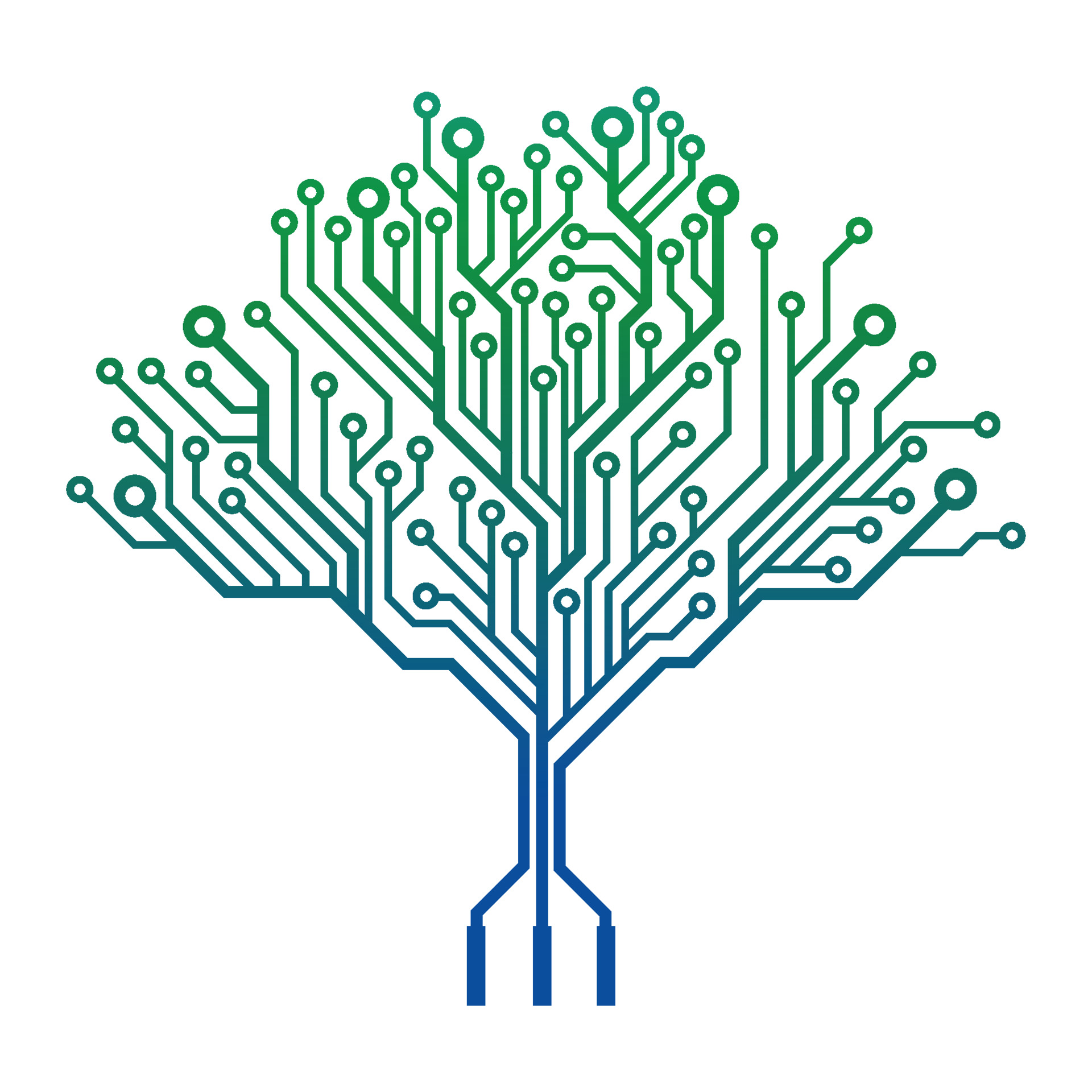In an increasingly sustainability‑conscious world, cloud software, services, and infrastructure are no longer evaluated only in terms of performance, resilience, scalability, and reliability, but also according to their environmental impact. So, considering cloud sustainability means tools impact on the environment needs to be observed.
Towards sustainable development
Sustainability is one of the great pillars of contemporary society. It is a universal and systemic goal, involving people, communities, organizations, and institutions at every level. The paradigm to strive toward is that of Sustainable Development: development that meets the needs of the present without compromising the ability of future generations to meet their own needs
.
From our partners:
In enterprise, the theme of sustainability does not only concern the protection of the environment and respond to the climate crisis. In fact, there are three pillars and they are summarized by the acronym ESG, which stands for Environmental, Social, and Governance. The first refers precisely to initiatives to protect the environment (E), the second is the act of safeguarding people and communities (S), as well as Governance practices (G) which are adopted by the companies themselves. For an organization to be truly sustainable, a balance between these three initiatives should be achieved.
Sustainability is an issue demanded by consumers at every level, from grocery shoppers, to employees deciding on their place of work, to B2B vendor selection. For this reason, companies can build a real competitive advantage and this can be used as an additional factor when attracting talent. It’s a win‑win: the company that contributes to a better future is rewarded by the market.
What is Cloud Sustainability
According to Gartner, Cloud sustainability is the use of cloud services to achieve sustainability benefits within economic, environmental and social systems
. Today, the vast majority of companies use cloud services, like IaaS, PaaS, and SaaS, not to mention business and communication software. Teams that build software have an increased need for these tools and services.
The cloud is becoming one of the most important enterprise assets, and therefore it is becoming increasingly urgent to consider its sustainability within one’s Cloud Strategy, especially in relation to on-premise infrastructure consumption.
Moreover, the main cloud providers themselves (AWS, Google, IBM, Microsoft) are investing to ensure the lowest possible impact of their data centers and meet consumers expectations with regard to sustainability. The impact from data centers is huge: today, they account for 2% of all global electricity consumption.
However, the burden of cloud sustainability does not fall solely on providers. Any software, despite being an intangible good, impacts data center consumption and thus environmental sustainability. Therefore, responsibility can be traced to those who build and operate applications. How the software is designed, what services it uses, how much it consumes, how the software uses the services, and how it employs the infrastructure are just some of the factors that affect sustainability.
Further evidence of the importance of the sustainability theme within the software development field can be found in the latest version of Thoughtworks’ Technology Radar. Indeed, among the new techniques, we find “carbon efficiency as an architectural characteristic“.
Being aware of and pursuing software and cloud sustainability, participating in developing a culture about it, and following best practices are essential to building a better future through digital.
The rise of Cloud sustainability, tools, communities and awareness
Cloud sustainability is a hot topic, and a large open-source community is developing around it. In addition, the issue is increasingly popular within tech events and conferences, and just as extensive is the sharing of knowledge and information, as well as the development of ad hoc tools.
Below are some initiatives and tools worthy of mention.
kube‑green
Featured within the CNCF Landscape and developed by Davide Bianchi, Senior Technical Leader at Mia‑Platform, kube‑green is an open‑source tool that dramatically reduces software power consumption. With kube‑green, it is possible to set time periods in which unused resources are automatically turned off. For example, you can turn off Kubernetes pods on which non‑production environments run at night and on holidays; at the end of the set period, such as in the morning, kube‑green automatically reactivates the resources.
CNCF Environmental Sustainability Working Group
The Cloud Native Computing Foundation (CNCF) has created a working group dedicated specifically to the topic of environmental sustainability. This is an interesting development that demonstrates the urgency and significant impact of software on the issue of sustainability.
CNCF argues that, at present, the environmental impact of software is not yet a central issue in development paths. Hence, the birth of a working group with ambitious goals, including defining sustainability best practices for the open source community, training, creating methods for measuring environmental impact, and developing a cloud‑native project landscape for environmental sustainability. Here you can find their GitHub repository.
Green Software Foundation
Green Software Foundation is a foundation that aims to minimize greenhouse gas emissions from software by creating and sharing guidelines that do not yet exist. Their website contains resources, tools, and best practices for developing green software.
Conclusion
Sustainability is a systemic and universal issue. It needs to be addressed comprehensively, aligning the behaviors of individuals, companies, and institutions with the 17 goals identified in the 2030 Agenda for Sustainable Development.
Technology can and should have a positive impact. The cloud is a tremendous opportunity in this respect, but sustainability is an issue not only for providers but also for all those who develop software. The outlook, however, is encouraging.
In the meantime, we believe that everyone should do their part. At Mia‑Platform, we are committed on all fronts, basing our business on the concept of sustainable development. We have always been particularly sensitive to issues of inclusivity and accessibility, sustainable development, and corporate responsibility, and we concretely carry out our commitment to generating a positive impact in the ecosystem of which we are a part. We do this both by implementing actions that improve the impact of our initiatives and office life and by establishing partnerships with nonprofits.
If you are interested in learning more about this topic, you can find out more about our vision on our Sustainability page. If you know of other initiatives and would like to point them out to us, feel free to contact us!
Guest post originally published on Mia-Platform’s blog
Source CNCF
For enquiries, product placements, sponsorships, and collaborations, connect with us at [email protected]. We'd love to hear from you!
Our humans need coffee too! Your support is highly appreciated, thank you!








